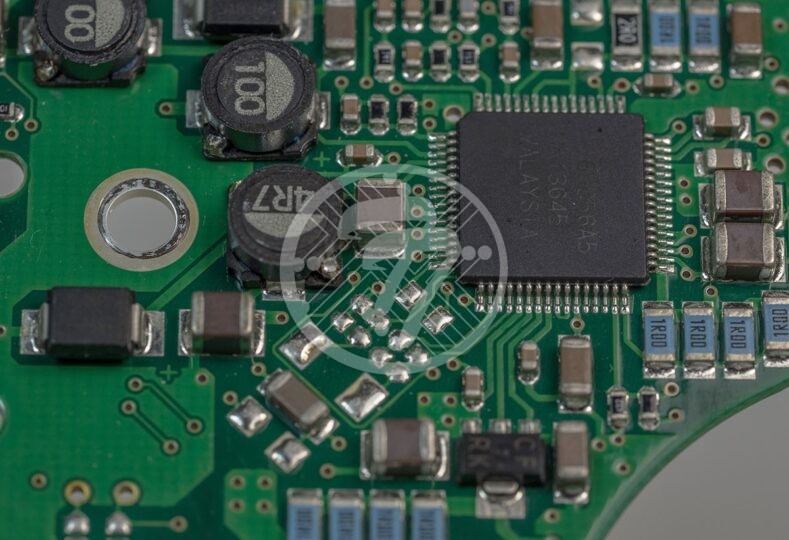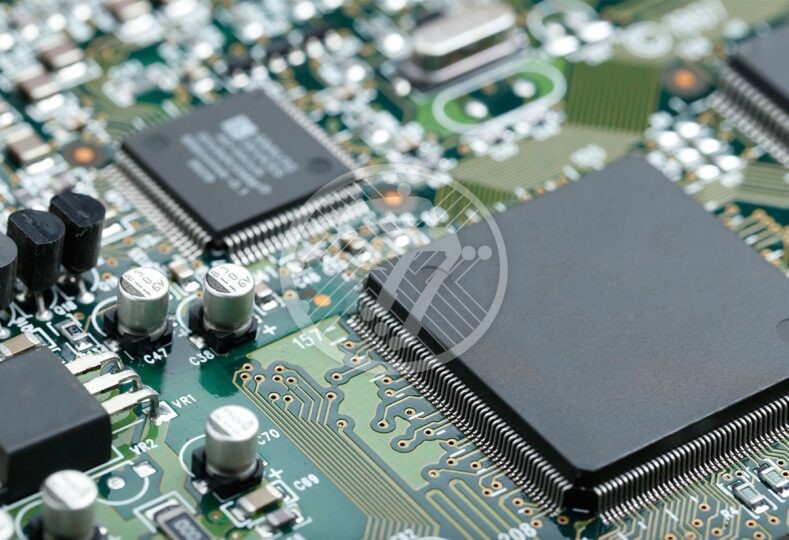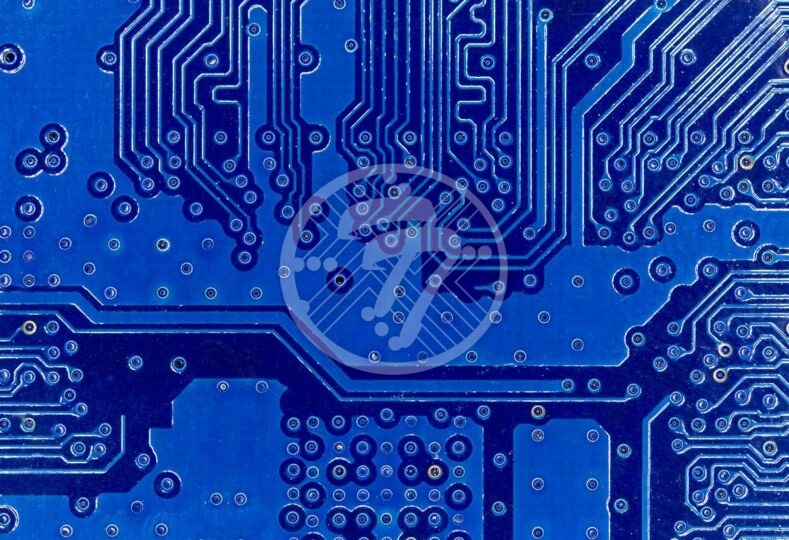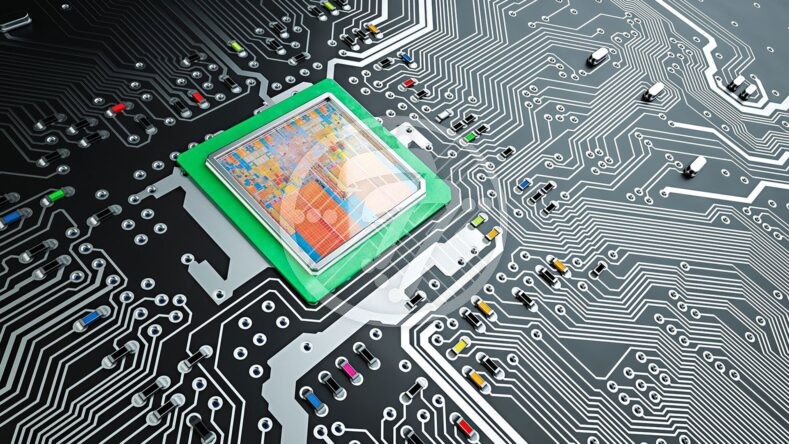How to speed up your PCB prototypes from weeks to minutes!

If there is one factor crucial to the success of an idea, it is reducing the time to market. To achieve this, fast and flexible PCB prototyping is essential. Waiting days for a prototype wastes valuable man-hours in evaluating the design and bringing the product to market. Rapid PCB prototyping is crucial for converting an idea into a circuit board, which can determine the success of the final product.
However, the reality is that the time lag between conceptualizing an idea and receiving a prototype can be enormous. Getting a quote and having the prototype ready often takes a significant amount of time, and any design changes lead to further delays.
Fortunately, there is a way to significantly reduce this time and revolutionize the manufacturing process. With advanced cloud manufacturing technology, you can upload your design and bill of materials, receive an instant quote, and monitor the production cycle. This approach allows vendors to combine several small orders into a large batch, lowering costs and reducing turnaround time. This is especially advantageous for small organizations needing low quantities, which often face high setup or minimum lot charges. Instead of paying for many boards when you only need one, you benefit from efficient and cost-effective printed circuit board prototyping services.
In selecting a partner who can offer you rapid prototyping, you however need to keep in mind the following:
- The vendor should be able to give you quotes for your prototype nearly instantly.
- Ensure that the vendor is technologically equipped so you can monitor your project as also make any changes.
- Ensure that the vendor is able to keep costs low by combining orders and passing on the savings made on account of bulk buys to all customers.
- Another aspect to watch out for is to choose a vendor who designs the prototypes onshore as that will ensure that the time lags on account of overseas shipments are significantly reduced.
- It is also preferable to have a vendor that has an in-house assembly as that will ensure that there aren’t additional delays or probability of failure that may accrue on account of a third-party service. This will also help in maintaining security as in a highly competitive and proprietary industry you would not want your design to go to multiple vendors and result in any kind of leakage.
- Ensure also that you choose a vendor who is able to provide a wide range of PCB Prototypes from single and double sided PCBs to the more complex, multi layered ones.
- Be sure to check that there are no hidden costs for specific requests as these hidden charges can often throw your budget off gear.
With the use of a CAD software, the specific layout for the circuit board prototype can be laid. Once the material for the circuit board is selected, the circuit board can then be easily fabricated. The next step is then to test the circuit board. If any faults are noticed or changes are required, it is then easy to modify the layout.
With the right partner there is little need to deal with multiple vendors, there by significantly adding to ease of dealing and peace of mind. In turn this will help you test your ideas with ease. On choosing the right vendor the many PCB nightmares can be laid to rest. You need not worry about:
- Prototyping being an extremely expensive process typically for small prototyping runs.
- Not getting a customized product to suit your bespoke needs.
- Long time lags between placing the prototype order and receiving it.
- Not being able to monitor your project and hence wastage of time if the final product does not meet your requirements.
At Technotronix, we combine state-of-the-art technology with advanced engineering to deliver unparalleled quality and service. Our fast PCB prototyping, along with comprehensive PCB assembly services, ensures a robust source of competitive advantage for our clients. With over four decades of experience in PCB fabrication and PCB manufacturing, you can trust that we adhere to industry best practices and keep you ahead of the curve. Visit us to learn more about our fast PCB prototyping service, and feel free to contact us. You can also email us at [email protected].









